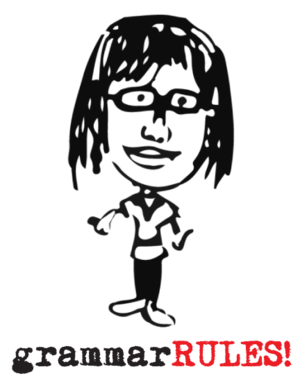Same Real Estate, Different World
I teach at the same public high school from which I graduated in America’s bicentennial year; only it’s not the same high school at all. Like our country, the suburban Richmond, Virginia school may be the same piece of real estate, but its occupants bear little resemblance to my 400 classmates, of whom 99% were white and the remaining four were black. Now, nearly thirty-seven languages are spoken, and the black population is close to equal to the white, with Asians and Latinos and “others” filling in about 20% of the pie chart. Even still, I remember being shocked to see on election night in 2008 a CNN reporter just three miles from this school to cover Virginia’s historic shift from red to blue. No doubt, then as now, this flip has been quite disorienting for many who were used to being in the majority, had lived here forever, and hadn’t had the opportunity to be exposed to too many people who weren’t like them. This is, or was, the South after all. (An unforgettable newspaper article perhaps from the 1990s once described an old West End Richmonder’s anxiety about having a dinner guest from the Southside. “What ever will we talk about?”)
I can relate. When I first stepped back on to the very familiar, beautiful outdoor campus of my youth and saw face after face of a United Nations of a student body hustle past me to class, it was equally disorienting. This was not what my school looked like when I was here. Where were the pastel colors? Was that a Brooklyn accent I just heard? Where is the circle of girls holding their books to their chests talking about going to the Clover Room for ice cream after the game on Friday? (Old Richmond reference.) I guess I could have been tempted to complain and start whining, saying “I want my high school back!” Or I could have gone further and presumed the inferiority of the current place, fancied myself a savior from the seventies, and took to that classroom to make my high school great again. Instead, I was a little chastised.
While I had been raising my three sons about five miles away in a very homogeneous neighborhood, I was oblivious to the influx of international families filling the apartment complexes all along Broad Street near the Costco where I shopped with every other pink and green suburban mother, sometimes in a tennis skirt. My school is one stoplight away from the Costco, so I must have seen some of these new and strange people around, but I have no memory of them. They didn’t register in my city, my life, my kids’ school. It was like I lived in a big gold Tower in my own reality, sheltered from this new reality. The word around my neighborhood was that the one surrounding my alma mater had turned kind of “ghetto.”
At the time, I was beginning to question the tacit conservatism and insularity of a faith-related “worldview.” Returning to teaching among this crazily diverse group of students helped send me into a kind of apostasy, but it reawakened the best part of my teenage, seventies self, the part that strove to see each person as an individual and to fight against attitudes of prejudice, while coming to terms with the racism, hypocrisy, and inequality of opportunity in my Southern heritage. On that same campus where those feelings had been ignited so long ago, they were now being fanned by a full-blown social experiment. How could all of these kids get along coming from so many ethnic and racial backgrounds? I kept looking for the tension and the cliques, but instead saw countless examples of what on the surface may have seemed like unlikely friendships. The very first week on the job, a black girl was having a heated conversation with a white boy. I assumed one or the other had said something insulting and they were about to go at it. Instead, she was saying how she really wished he had called her and her friends last Friday instead of going off with some other group without them.
That was thirteen years ago. Since then, too many scenarios to count have warmed my admittedly more grandmotherly heart with a beauty marked by a tribe-defying composition of humanity: a slight Chinese boy with big glasses and even bigger ears playfully jumping on the back of his tall handsome Egyptian buddy; the preppy, black, Ralph Lauren model-looking, ardent Republican arguing vehemently in my debate club against affirmative action with Bubbles, a six-foot two, every bit of 250 pounds, proudly biracial, camouflage-wearing hunter dude (“man, you gotta’ walk in someone else’s shoes to feel their pain”); and just to complete the series from an endless list, let’s pick the Saudi Arabian boy in fifth period who joked endlessly with his Iranian friend, usually to catch the attention of a smart and sassy, Costa Rican girl. With this, has come relationships with the many parents who I sometimes see at Costco, and actually see them. The chair next to my desk on parent visitation night is filled with a new mother or father often of a different nationality or race, at fifteen minute intervals, all just like me, wanting the best for their child.
So now, the very same room where I watched the Watergate trial with all of my mostly blue and green-eyed friends, is my classroom. And the world showed up at its door. I could resent the influx and pine away for the good old days and tell stories about walking five miles in the snow and how it was so great back in the day and slowly become really irrelevant. Or I can open my door and try to teach these kids a little history, the American way.
